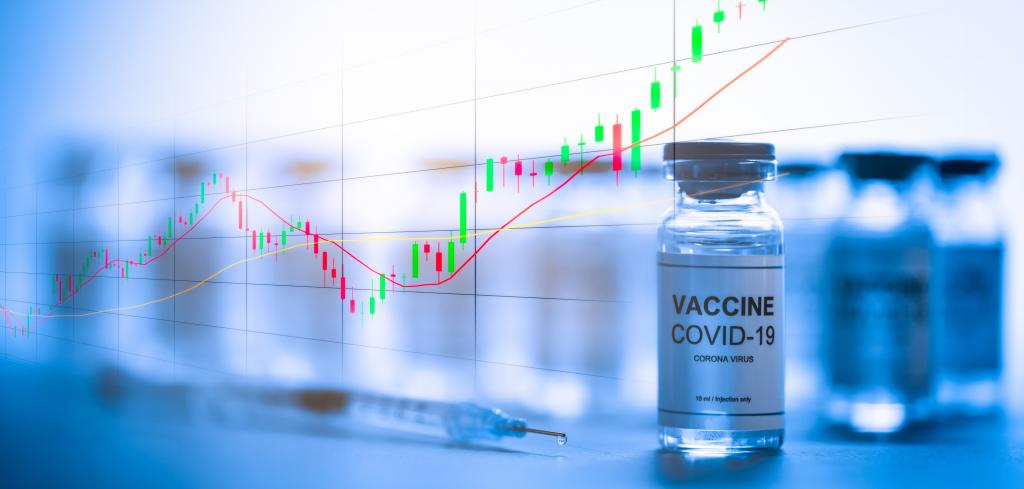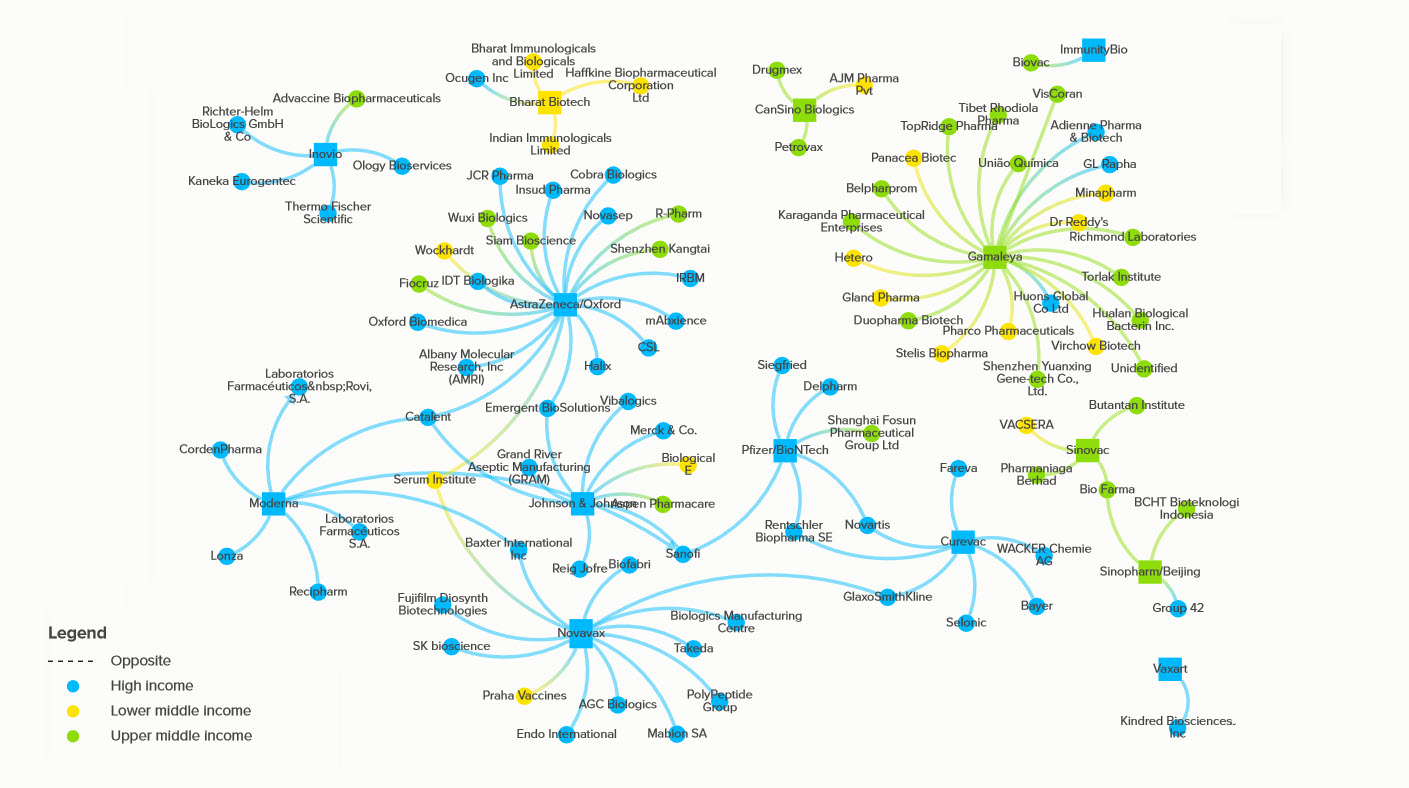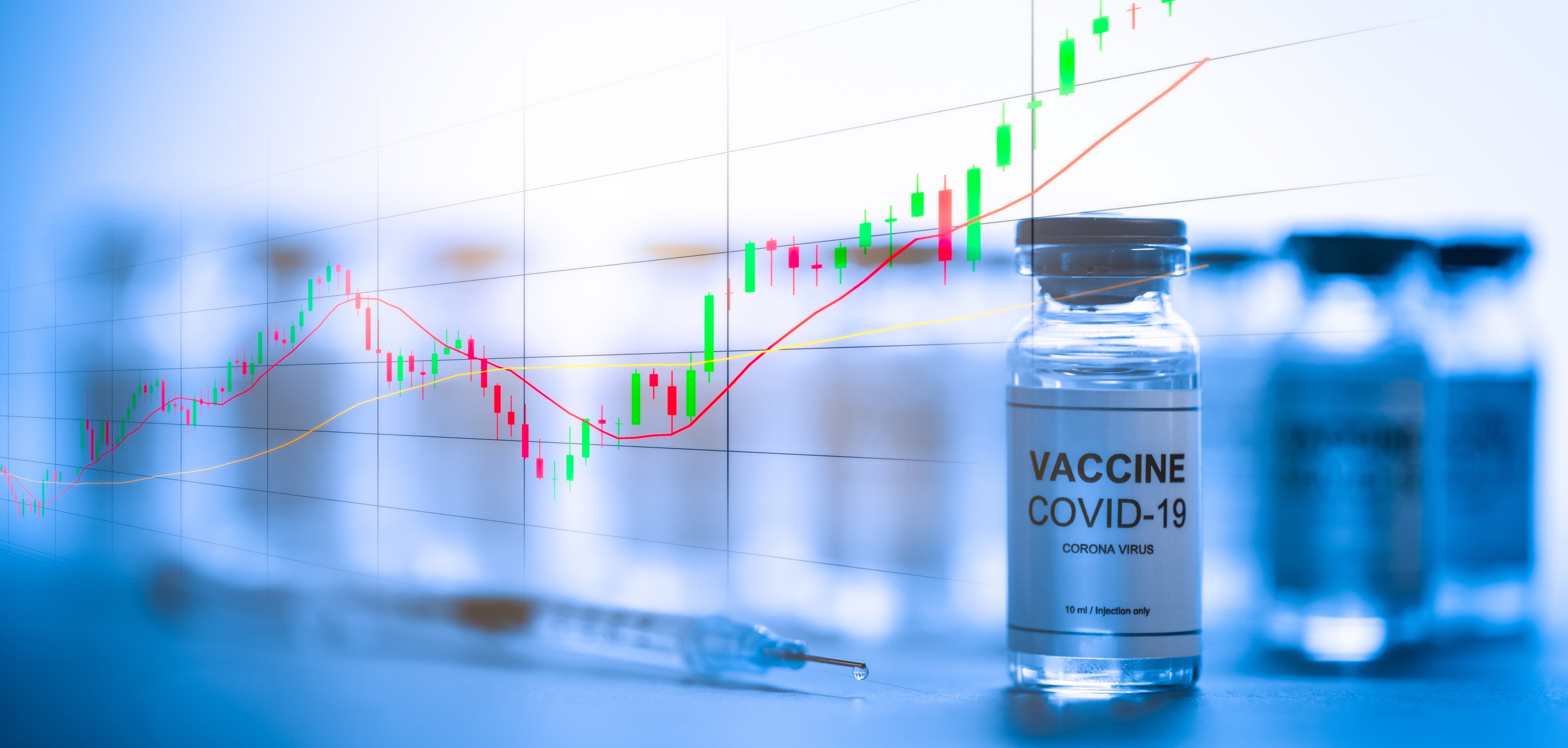Many vaccine developers are contracting with manufacturers to expand production capacity. However, there is little transparency on these arrangements, with inconsistent and incomplete publicly available information on expected number of doses, manufacturing timelines, and other elements. To provide some insight into the information that is available, the Global Health Centre has been tracking arrangements between Covid-19 vaccine developers and manufacturers. This new dataset contains 108 arrangements between 14 vaccine developers and 96 manufacturers based in 33 countries, and is being updated regularly with new information. This dataset provides information on, among other things, the geographic distribution of the arrangements; the projected number of doses; if the arrangements include a licensing or distribution component; anticipated market for the resultant vaccines; and whether these arrangements are linked to government purchase arrangements for vaccines.
GENEVA GRADUATE INSTITUTE
Chemin Eugène-Rigot 2A
Case postale 1672
CH - 1211 Geneva 1, Switzerland
+41 22 908 57 00
ADMISSIONS
prospective@graduateinstitute.ch
+ 41 22 908 58 98
MEDIA ENQUIRIES
sophie.fleury@graduateinstitute.ch
+41 22 908 57 54
ALUMNI
carine.leu@graduateinstitute.ch
+ 41 22 908 57 55





